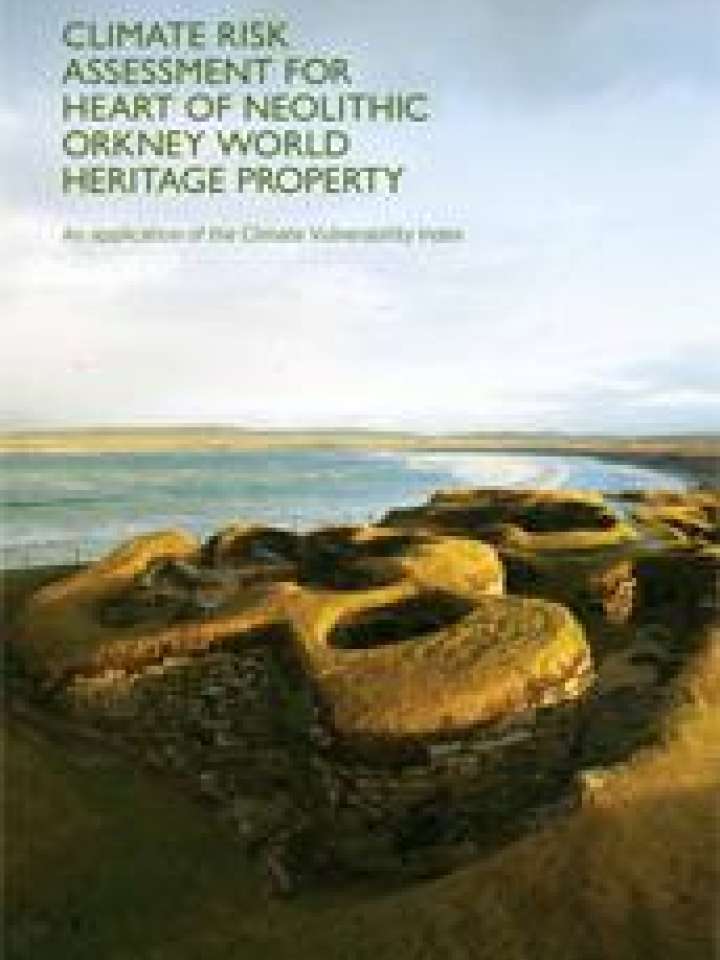Climate risk assessment for the heart of neolithic Orkney World Heritage site: An application of the Climate Vulnerability Index
This report describes outcomes from a workshop in Orkney, Scotland (April 2019) to apply the Climate Vulnerability Index (CVI). The CVI is a new methodology developed to rapidly assess climate impacts – both to Outstanding Universal Value (one of the central ideas underpinning the World Heritage Convention) and the associated ‘community’ (local, domestic and international) – for all types of World Heritage (WH) properties (natural, cultural or mixed). In its first application to a cultural WH property, the CVI process was undertaken for the ‘Heart of Neolithic Orkney’ (HONO) in Scotland.
HONO is comprised of four sites, among the most important Neolithic monuments in northern Europe, and was inscribed on the UNESCO WH List in 1999. Today these monuments remain dominant in a rural landscape, providing a unique testimony to ceremonial, funerary and domestic components of cultural traditions which flourished between 3000 BC and 2000 BC.
While the CVI methodology is currently in a pilot phase, the Orkney workshop highlighted the value of a transparent and repeatable framework for rapid assessment of climate impacts on heritage properties. Historic Environment Scotland will integrate the findings from the CVI workshop into the 2019 Management Plan revision and has recommended that the CVI process be repeated for HONO on a five-yearly cycle as part of the management review cycle.
There are currently six WH properties in Scotland and climate change has been identified as a current or potential risk to all; a full CVI assessment would be a valuable contribution to understanding climate impacts on these properties. There is also scope to employ the CVI methodology to inform the development of future WH nominations in Scotland and beyond.
Explore further

